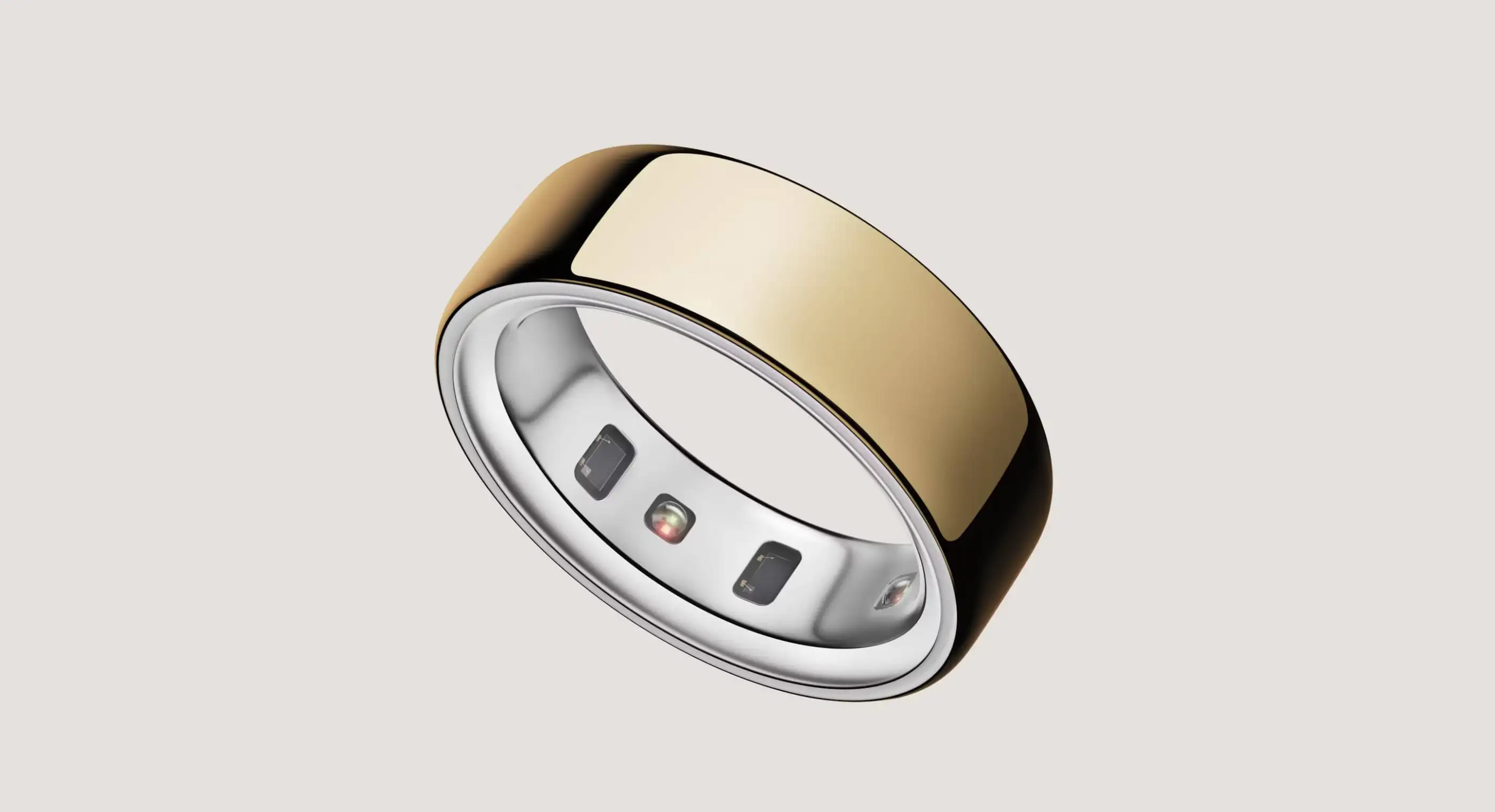
‘Bridging the gap between lab coats and living rooms'
If Frodo had the Oura Ring, he might have skipped Mount Doom and focused on optimizing his sleep score instead. The Oura Ring Generation 4 is here, and while it won’t make you invisible, it will reveal insights about your body that were previously hidden.
Remember when fitness trackers announced themselves to the world with all the subtlety of a neon sign? "LOOK AT ME, I'M COUNTING STEPS!" those wrist-bound rubber bands seemed to scream. The Oura Ring 4 takes the opposite approach—it's the fitness equivalent of a high-end spy operative: unassuming, elegant, and gathering intelligence 24/7.
The fully titanium design with its newly rounded interior represents a significant ergonomic upgrade from previous generations. Gone are the sensor bumps that occasionally reminded wearers they had technology wrapped around their finger. It's like the difference between sleeping on a mattress with a pea underneath versus one without—a small change with outsized comfort implications.
Available in sizes that would accommodate hobbits through to wizards (technically sizes 4-15) and finishes ranging from understated Stealth to look-at-me Gold, there's an aesthetic for everyone from gothic teenagers to glamorous grandmothers.
The technical leap in the Oura 4's sensing capabilities is like upgrading from a household thermometer to a hospital-grade diagnostic suite. Previous generations featured eight sensor pathways—respectable, but not revolutionary. The Generation 4 boasts a whopping eighteen, creating a web of data collection points that adapt to your unique finger physiology.
Think of it as the difference between a single security camera with a limited view versus an array of cameras covering every angle. If your ring shifts slightly during your midnight refrigerator raid, the Oura doesn't miss a beat—it simply switches to alternate sensors to maintain accuracy.
According to research published in the Journal of Medical Internet Research, multi point sensor systems can improve accuracy in wearable health technology by as much as 26% compared to single-point monitoring systems.
Battery life has long been the Achilles' heel of wearable technology, with many devices demanding more charging attention than a needy smartphone. The Oura 4 breaks this frustrating pattern with up to eight days of continuous use on a single charge—a phenomenal achievement in a device smaller than a Cheerio.
Picture this: You could fly from New York to Sydney, spend a week exploring Australia, and still have battery life remaining without ever reaching for a charging dock. For comparison, that's roughly eight times longer than the average smartwatch, which begins sending desperate low-battery notifications after about 18 hours of use.
A 2023 survey by the Consumer Technology Association found that battery life was the number one concern for potential wearable technology purchasers, with 78% of respondents citing it as "very important" in their buying decision.
Even the most sophisticated health hardware falls flat without intuitive software to interpret its findings. The redesigned Oura app transforms complex biometric data into actionable insights that don't require a medical degree to understand.
The three-tab organization—Today, Vitals, and My Health—creates a natural progression from immediate concerns to long-term patterns. It's like having three different health consultants: one focused on your day, another monitoring your week, and a third tracking your life trajectory.
Studies in behavioral psychology have consistently shown that health data presentation significantly impacts user engagement. The American Journal of Preventive Medicine has published findings indicating that users are more likely to maintain health monitoring routines when data is presented in context rather than as isolated metrics.
The My Health tab's inclusion of metrics like resilience and cardiovascular age represents a significant shift toward preventative health monitoring. Rather than simply tracking what you did yesterday, the Oura 4 attempts to predict what might happen tomorrow—without venturing into alarmist territory.
Like most technological marvels, the Oura Ring 4's magic comes with a corresponding price tag that might cause some wallet palpitations. At $349 plus a $5.99 monthly subscription fee (after the first month), it represents a significant investment in finger-based health tracking.
Is it worth it? That depends on what you value. For those who prioritize unobtrusive, continuous health monitoring with meaningful insights, the Oura 4 delivers an experience that no wrist-bound alternative can match. For the budget-conscious who just want to count steps, there are certainly cheaper options.
The Oura Ring Generation 4 stands as a testament to how far wearable health technology has come—from clunky, obvious devices to elegant, unobtrusive companions that offer increasingly sophisticated insights.
While Frodo needed to destroy his ring to save Middle Earth, you might find that adding this particular ring to your finger helps save something equally important: your personal health landscape. Just don't expect it to turn you invisible when you want to avoid your boss in the hallway—though its subtle design might be the next best thing.
For those seeking the intersection of fashion-forward design and advanced health technology, the Oura 4 isn't just a step forward—it's a quantum leap in a mysteriously tiny package. Now if only it could predict when someone was about to ask, "So what's that ring do, anyway?"
The information presented here is intended solely for educational purposes. While we strive to provide accurate, evidence-based content, this is not medical advice and should never replace consultation with healthcare professionals. Science evolves constantly, and individual health circumstances vary widely. Please consult qualified healthcare professionals for specific health concerns, diagnosis, or treatment recommendations.